China Caixin manufacturing PMI was unchanged at 50.2 in May, above expectation of 50.0. Production was broadly stable in May. Total new work and export sales both increase slightly. And, there was renewed rise in purchasing activity.
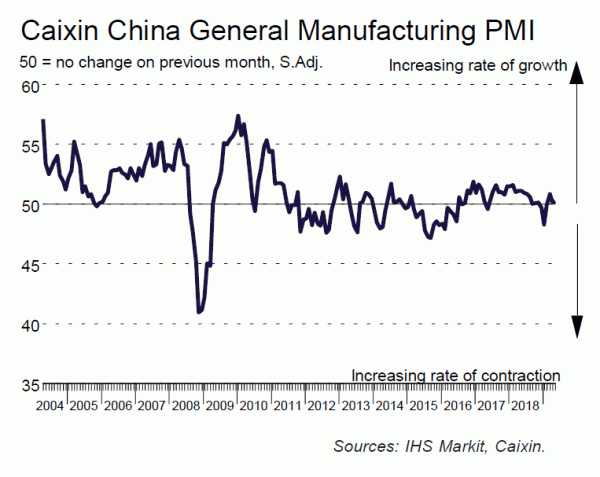
Commenting on the China General Manufacturing PMI™ data, Dr. Zhengsheng Zhong, Director of Macroeconomic Analysis at CEBM Group said:
“The Caixin China General Manufacturing Purchasing Managers’ Index was 50.2 in May, unchanged from the previous month, indicating a mild expansion in the manufacturing sector.
1) The subindex for new orders edged higher, and the gauge for new export orders moved back above 50 to the same level as in January, which was the best reading since March 2018. The improvements in both indices signals stable domestic and overseas demand.
2) The output subindex declined for the second straight month, although it remained marginally in expansionary territory. Employment conditions have broadly stabilized, with the employment subindex showing only a marginal drop in staff numbers.
3) The gauge of stocks of purchased items moved back above the 50 mark that divides expansion from contraction and the measure of stocks of finished goods edged up, albeit remaining in contractionary territory, indicating that while inventories remain low, manufacturers’ willingness to replenish stocks has strengthened. The subindex measuring supplier performance fell further into contractionary territory, to signal that companies are taking longer to ship orders and also a reflection of relatively low inventory levels.
4) The gauge of input prices showed a marginal increase, while that of output prices edged down to the lowest reading in four months, suggesting that while prices of manufactured goods remained relatively stable, enterprises are facing pressure from rising raw material prices.
5) The subindex measuring sentiment towards future output plunged to its lowest reading since the gauge began in April 2012, a reflection of the trade conflict between China and the U.S. and weakened business confidence.
“Overall, China’s economy showed steady growth and resilience in May. The manufacturing sector saw demand rise from both overseas and domestic markets, and prices were stable. However, business confidence weakened, and manufacturers’ inventory levels remained low. The trade tensions between the U.S. and China are having an impact on confidence and the best way to respond to this is to boost the confidence of enterprises, residents and capital markets by carrying out favorable reforms and to undertake timely adjustments to regulations and controls.”
Full release here.




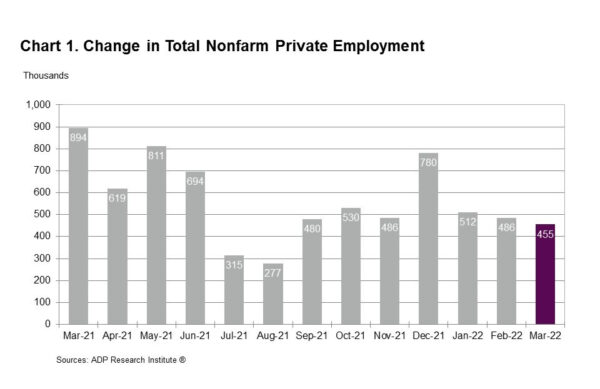
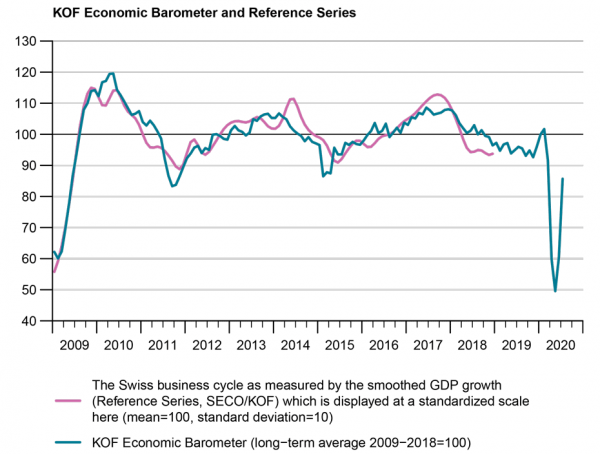
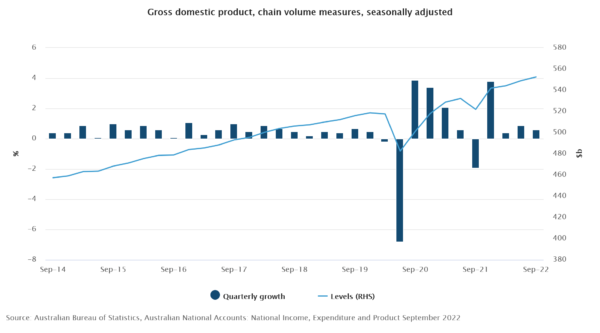

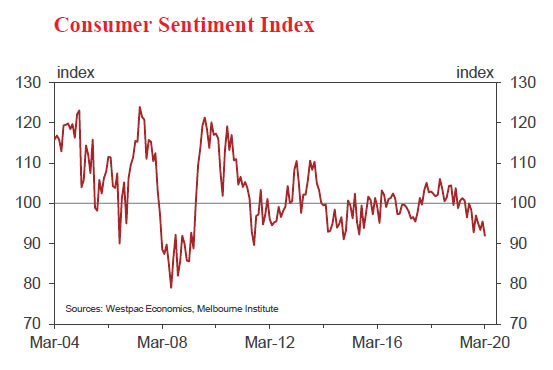
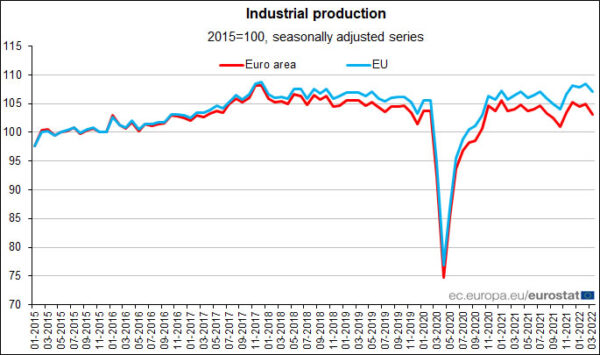
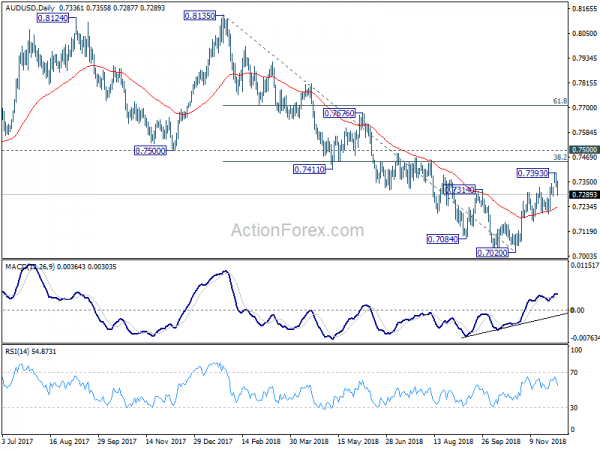
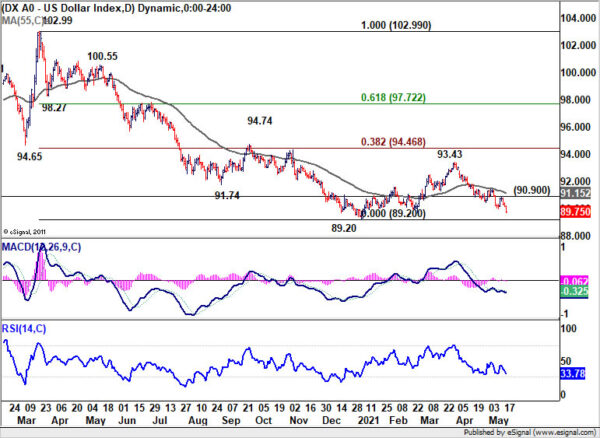

ECB’s Vasle: Probably done with rate hikes, but still many uncertainties
In a panel discussion held in Skopje today, opinions about the future of interest rates and inflation were aired by two members of ECB’s Governing Council.
Bostjan Vasle suggested that the series of interest rate hikes might have come to an end, citing a possible easing of inflation. Boris Vujcic, on the other hand, shared a more cautious perspective, highlighting potential challenges in attaining the 2% inflation target.
Vasle, Slovenia’s central bank head, was quoted saying, “It’s probably the case that we are done with interest-rate increases.” He noted that current economic indicators appear favorable, with preliminary signs of inflation tapering off.
However, Vasle also pointed out the prevailing uncertainties, stating, “We are seeing some signs of inflation going down, also some first signs of sustainability of this trends, but on the other hand, there are still many uncertainties.”
Croatian central bank chief Vujcic, acknowledged the downward movement towards the 2% goal but pointed out the statistical effects that may be influencing these figures. His words served as a reminder of the monetary policy challenges that could arise if the disinflation process stalls before reaching the target.
“You might get into a situation where the inflation rate — the disinflation process — stops at a level, which is not your target,” Vujcic expressed. “Then it’s challenging for monetary policy, because it has to do something more to bring it all the way down to 2%.”